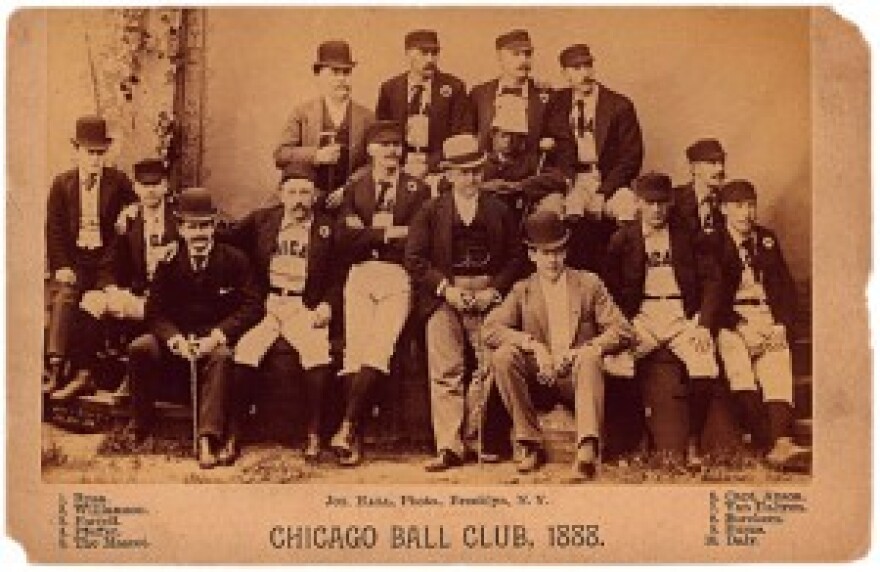As Wisconsin lawmakers debate the rules for challenging race-based school mascots, we learn they've raised divergent opinions for decades.
While some school districts have changed their mascots in recent years, others have held on to their Indian nicknames, including Mukwonago High School. When the Wisconsin Dept. of Public Instruction ordered Mukwonago to change its mascot after a resident filed a complaint, the district refused. The dispute prompted several legislators to propose a change in the way Wisconsin settles such issues.
Right now, when one person in the school district feels a mascot discriminates against Native Americans, the DPI decides whether the mascot must be changed or not.
The bill now before the Wisconsin Senate would require people unhappy with a school mascot to collect a certain number of signatures in the district. Then the governor's administration, specifically, the Dept. of Administration, would review the case and render a decision.
History of Mascots
Mascots in the U.S. originated more than 100 years ago, amid a blend of talismans and bat boys during sporting events, according to Jennifer Guiliano at the University of Maryland. She’s just finishing a book on the subject and is assistant director of the Maryland Institute for Technology in the Humanities.
"Originally, they (mascots) referred to any object or talisman that brought luck to a person or a household; religious talismans that wives or mothers would give to men to protect them during war or young boys who followed troop divisions around. Where it gets attached to sports, is in the late 19th century, around 1880-1890, where teams begin to have young boys take on responsibilities, most popularly in baseball, caring for bats, getting the team refreshments," Guiliano says.
Guiliano says mascots began taking on racial overtones, when professional sporting teams began hiring young African American men to perform in a vaudevillian sense. "They would do dances during intermission, have a comedic representation," Guiliano says. She cites the Chicago Whitestockings hiring Clarence Duvall, an African American vaudeville performer, as a trend that took off across the U. S.

Guiliano says Native Americans became enveloped in the mascot trend, after they had participated for decades in professional and semi-pro U.S. sports around the turn of the 20th century. She mentions Louis Sockalexis, Charles Bender and John Meyers. According to Guiliano, when the men were performing as athletes, the newspapers and the teams created mascot identities around the men. Among the names used: chief, warrior and redskin.
"In the 19-teens and 1920s, when the color line gets instituted in baseball in particular, these professional athletes are no longer allowed to be on the field but the identities created before that were seen as being very attractive and could attract an audience," Guiliano says. She adds that college sports began doing the same - building brands and identifies to attract people to games.
For 40 years, Marquette University's athletic teams were known as the Warriors before becoming The Golden Eagles in 1994.
When did some people begin questioning the appropriateness of using racial mascots? Guiliano says it was when they first appeared, not during the 1960s, as some people might assume. "Critique about whether these were the right identities to have are as old as the origins themselves. There were professors and students and others questioning whether or not it was right to use these racial monikers and racial performances to advertise their institutions," Guiliano says.
UPDATE: The Wisconsin Senator approved the bill making it more difficult to challenge race-based mascots.

